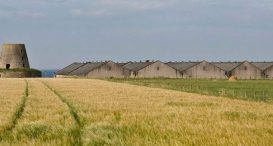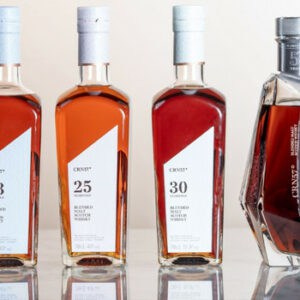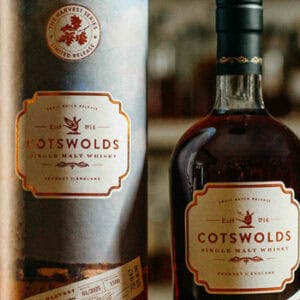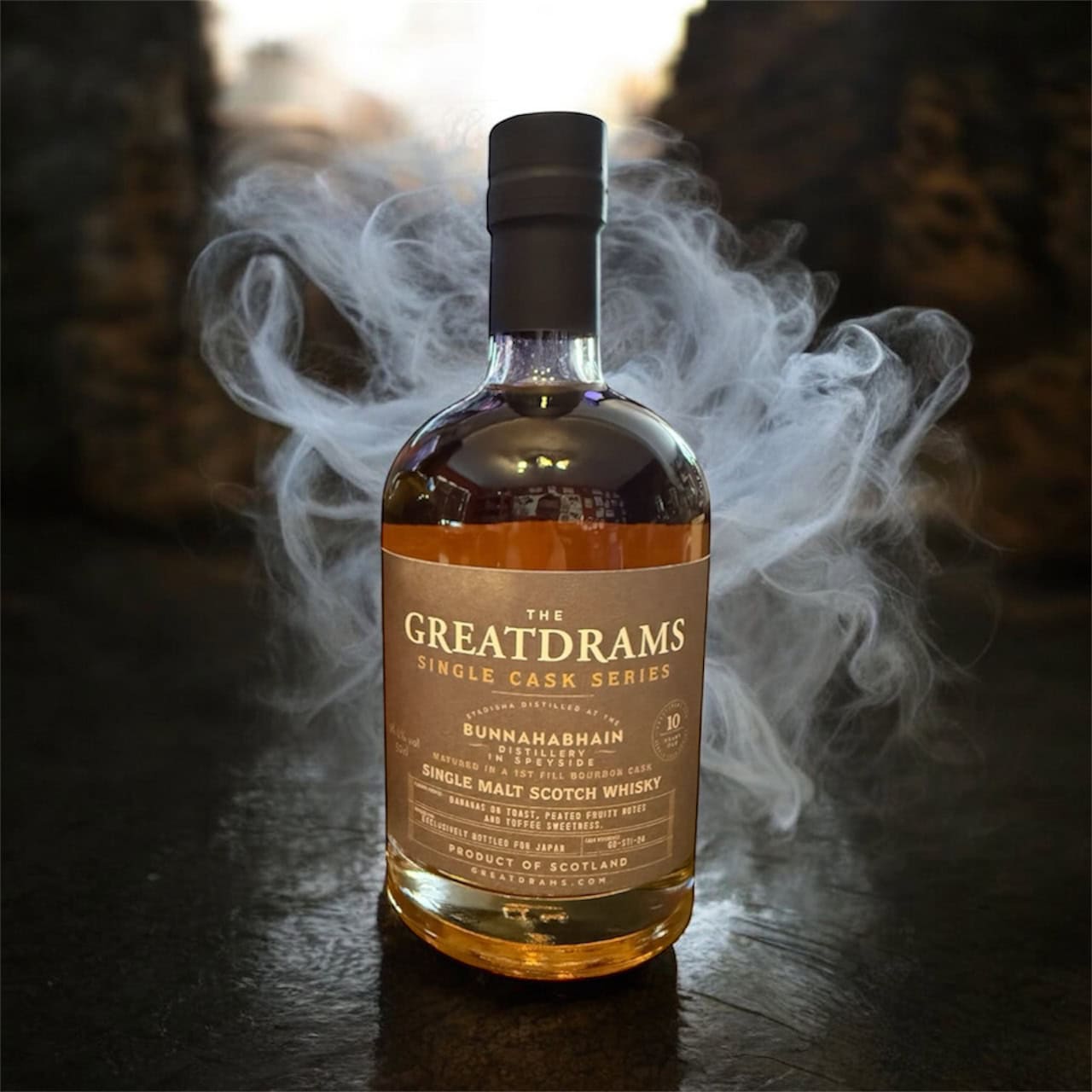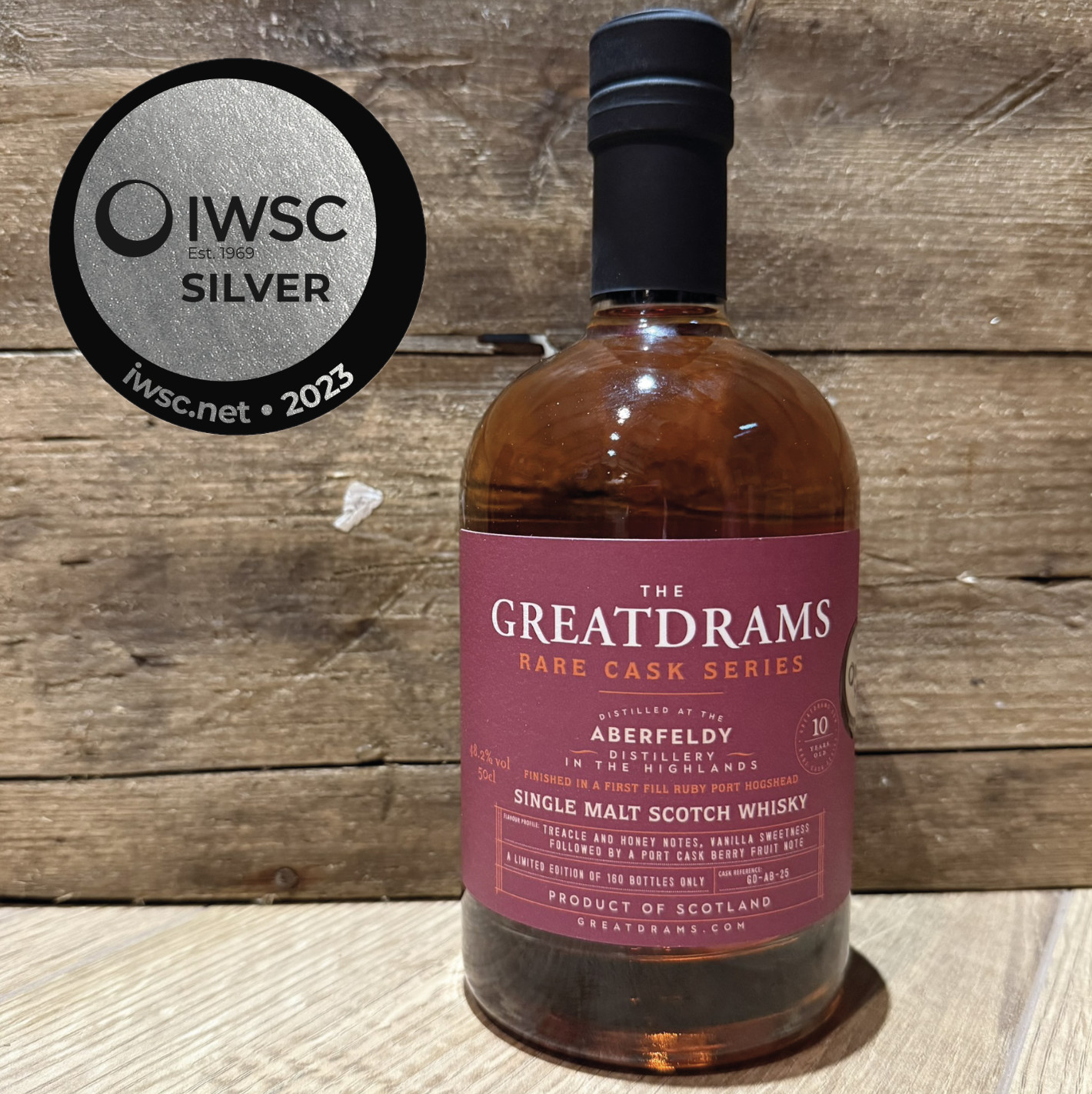The Sound of Silence – Scotland’s Silent Distilleries
As of this writing, there are currently around 150 active distilleries in Scotland. This is great news because the last time I spoke of the topic I’m about to cover today, that number was around 115. As you can probably tell from the title, today I’m going to be looking at what’s known in the whisky industry as ‘silent distilleries.’
A silent distillery, also known as a ‘ghost distillery’ or a ‘mothballed distillery’, is one which is no longer operational. Some of these distilleries are temporarily closed for prolonged periods of time, whereas others may tragically be demolished. When this happens, it’s a sad day in the whisky world and it’s something that no true whisky lover ever wants to see.
Since I last wrote of Scotland’s silent distilleries, a lot has changed, with several distilleries on my list, including Rosebank and Islay’s iconic Port Ellen, firing up the stills and becoming active once again. But which distilleries still lay dormant, waiting to hopefully awaken and produce exquisite whisky once more?
Here are four of Scotland’s most iconic and influential silent (as of this writing) distilleries.
I can’t help but feel a little emotional as I write this. Littlemill distillery was proven to officially be Scotland’s very first and therefore oldest licenced distillery.
The distillery was perched right upon the picturesque border of the Highlands and Lowlands. Because of this, there were some discrepancies regarding which region the whisky would be associated with. Littlemill, however, decided they would be lowlands residents.
People are unsure about exactly when whisky production first started on-site, but we do know that it was purchased by Archibal Buchanan, from his brother Andrew, in 1750. There was also a date stone found on one of the gable ends of one of the warehouses, with the date 1772 etched into it.
The distillery changed hands multiple times over the next two centuries, before sadly being mothballed in 1994 after being sold to Loch Lomond Distillery. In 1997 it was dismantled before what was left of the distillery was tragically destroyed in a fire in 2004.
A housing development now sits upon the site of this once-iconic distillery.
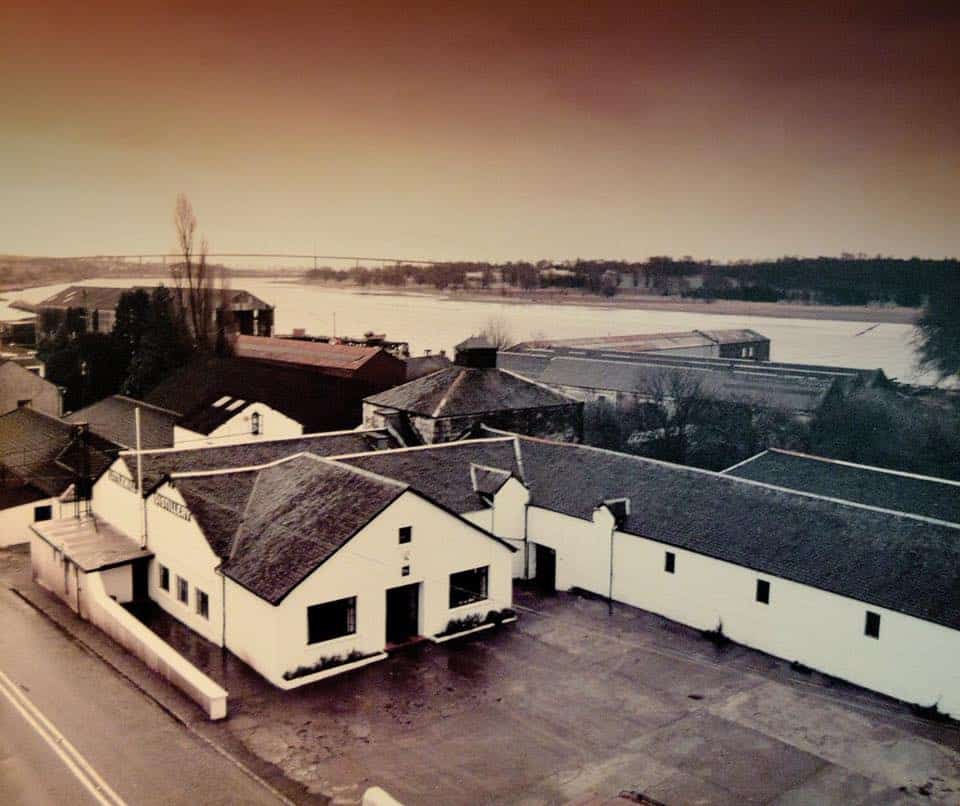
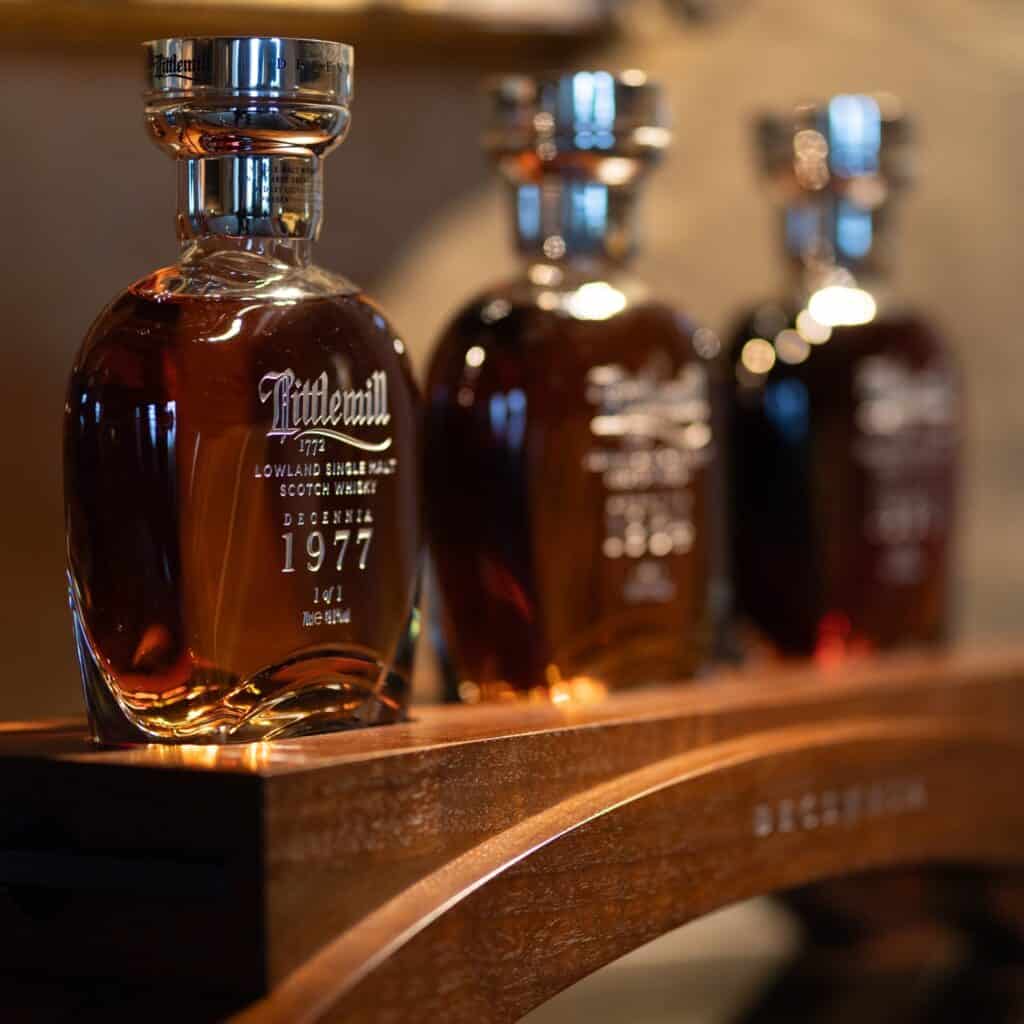
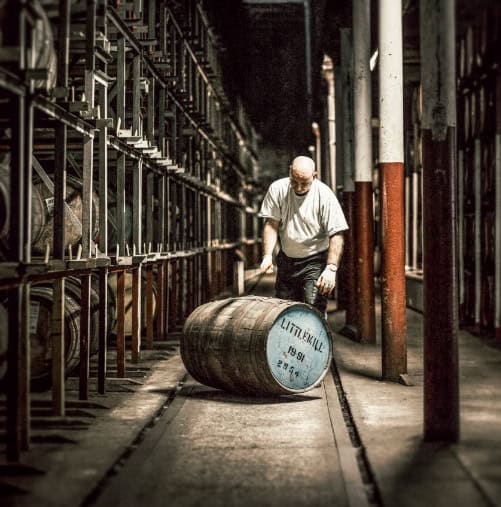
Photo Credit: Littlemill Distillery
Whereas Littlemill’s story was a little too sombre for my liking, the story of the next distillery on the list today is much more inspiring.
Dallas Dhu distillery was constructed back in 1898. Constructed by Alexander Edward, its name in Gaelic means ‘Black Water Valley’. Initially, the distillery was known as ‘Dallasmore.’ After Edward sold it to Wright & Greig Ltd in 1899, it was renamed as ‘Dallas Dhu’.
The distillery would change hands several times over the next century, and it too, was damaged by fire in 1939. This, along with the Second World War, meant that the site didn’t re-open until 1947.
As the years went by, pressure on the distillery mounted. In the 1980s, the poor state of the economy, as well as the unreliability of the water supply, meant that the site was forced to close in 1983, before having its licence revoked a decade later.
In 1988, the site re-opened as a museum. The last time I spoke of Dallas Dhu, I mentioned how there were rumours of the distillery re-opening. Well, the good news is that, in July 2024, it was confirmed that those rumours were true, and that the distillery would once again re-open, this time under the management of Aceo Distillers Company. Can’t wait for that!
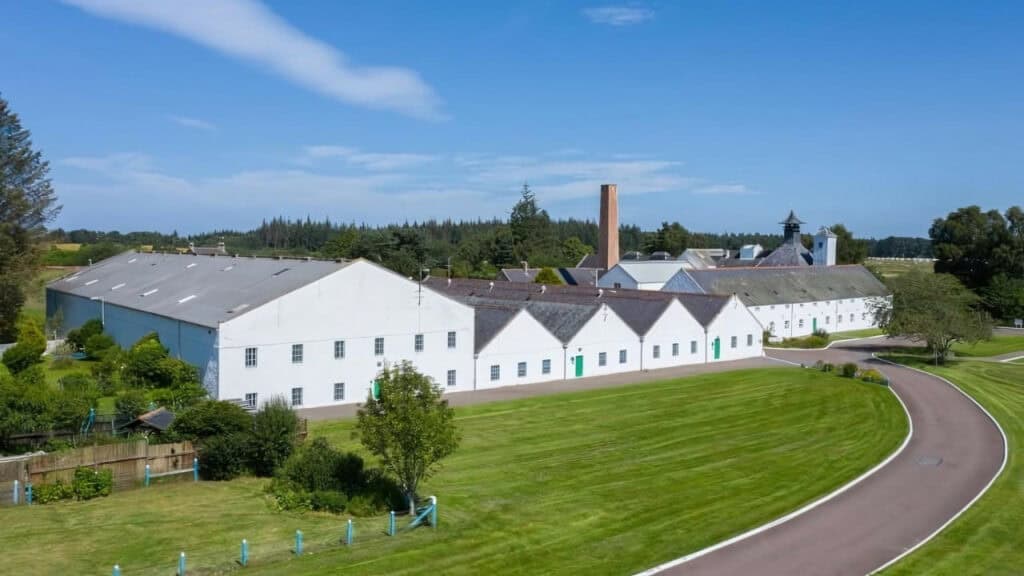
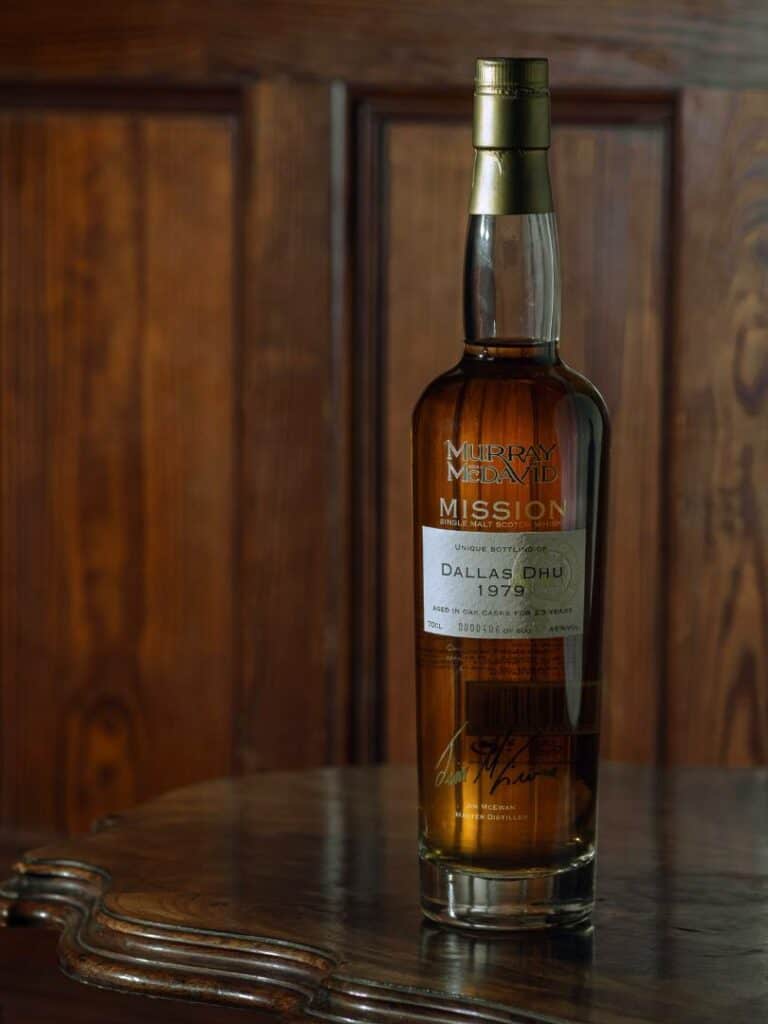
Photo Credit: Dallas Dhu Distillery
Stromness
Also known as ‘Man o’ Hoy, Stromness distillery was founded back in 1817 and was operational for more than a century.
Considered one of Orkney’s most iconic distilleries, it helped pave the way for single malts in Scotland. At the time, Stromness was unique in that it produced and bottled single malts. This was unusual as blends were typically more common and more popular.
Originally, the brand was known as ‘Man o’ Hoy as a tribute to one of Orkney’s most illustrious landmarks ‘The Old Man of Hoy’, which is a 449-foot sea stack located just off the coast of Hoy.
Sadly, in 1928 the distillery was forced to close, though J&J McConnell would bottle the remaining stocks until well into the mid-1930s.
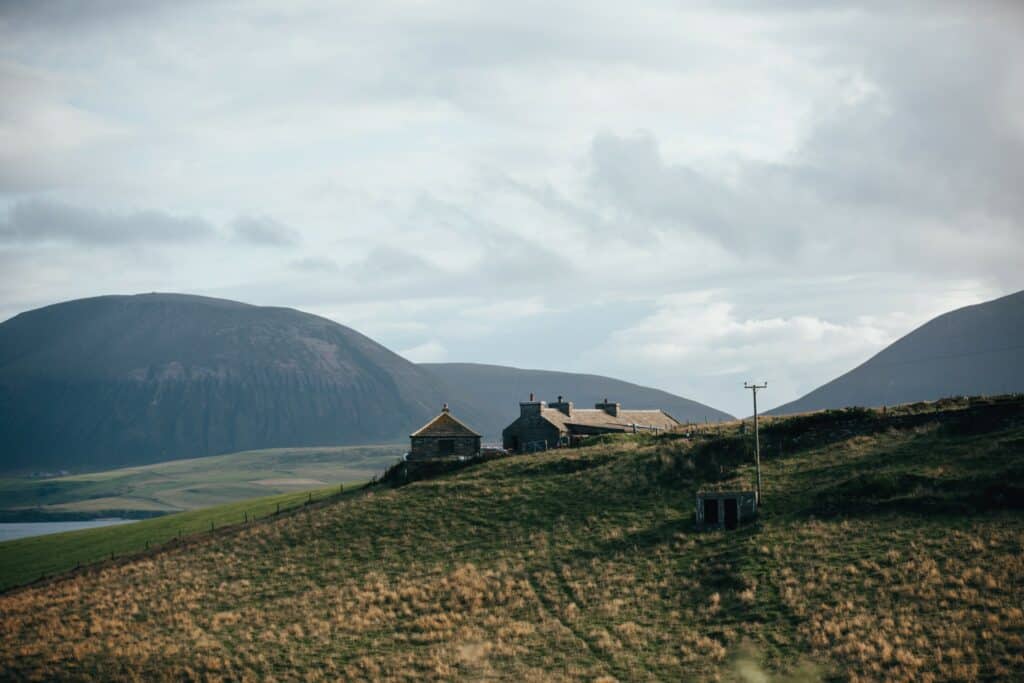
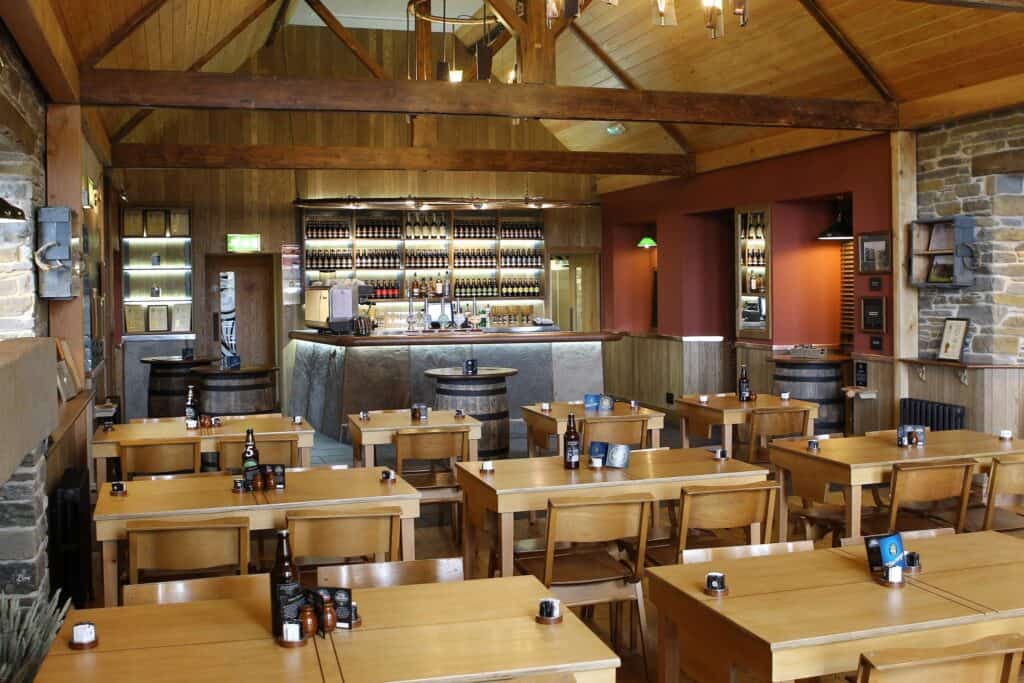
Photo Credit: Dallas Dhu Distillery
Kinclaith Distillery
Founded in 1957 by Strathclyde & Long John Distilleries Ltd, the distillery opened in 1958. It would, however, be one of the shortest-tenured distilleries in the history of whisky distillation. That’s because, in 1975, it was permanently closed due to mismanagement. The site was dismantled in 1977.
Kinclaith may have only been operational for less than two decades, but the single malt produced there was said to be exceptional. Right now, stock, both casked and bottled, is not only rare, but highly collectible and is said to be very valuable.
Chivas Brothers now own the brand, with bottles costing, on average, between $1,500 and $4,000. So, if you’ve a bottle in your collection, you might want to hold off on popping the cap just yet.
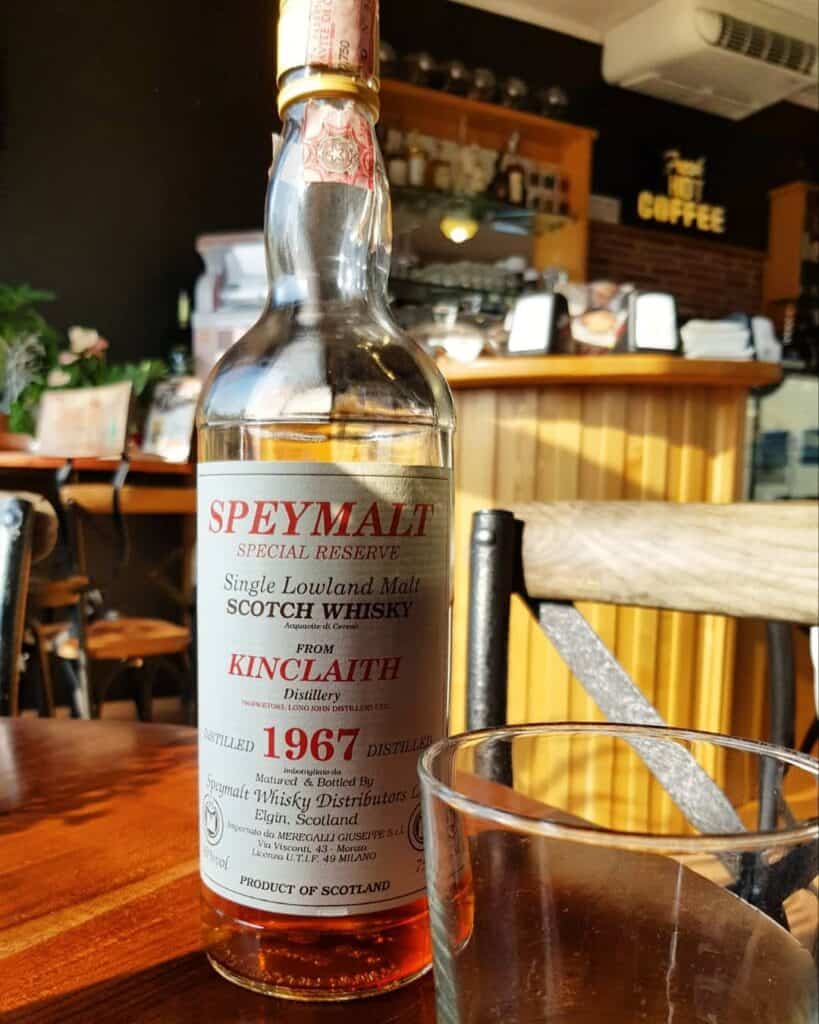
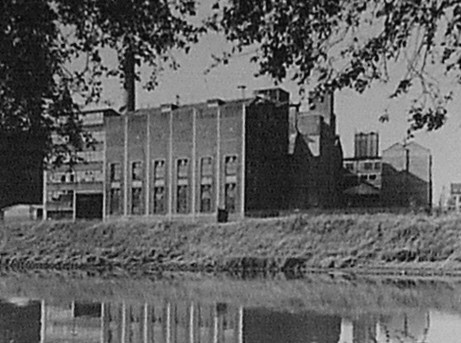
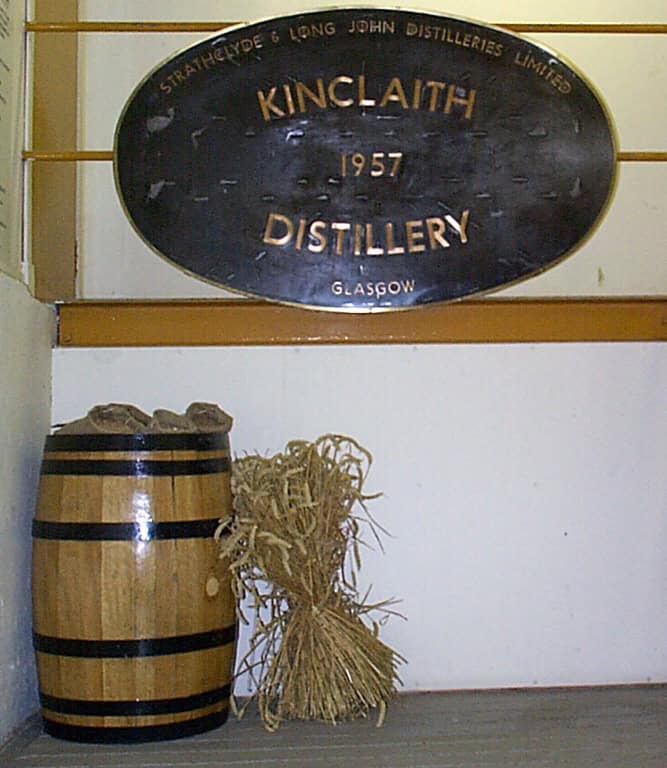
Photo Credit: Whisky.com
If you’d like to learn more about your favourite whiskies, or simply treat yourself to a wee dram or two, head on over to GreatDrams.com and take a look at what we have to offer.
With an impressive selection of limited-edition, rare, and award-winning whisky, as well as heaps of whisky info on our blog, it’s the perfect spot for all you whisky lovers out there.



